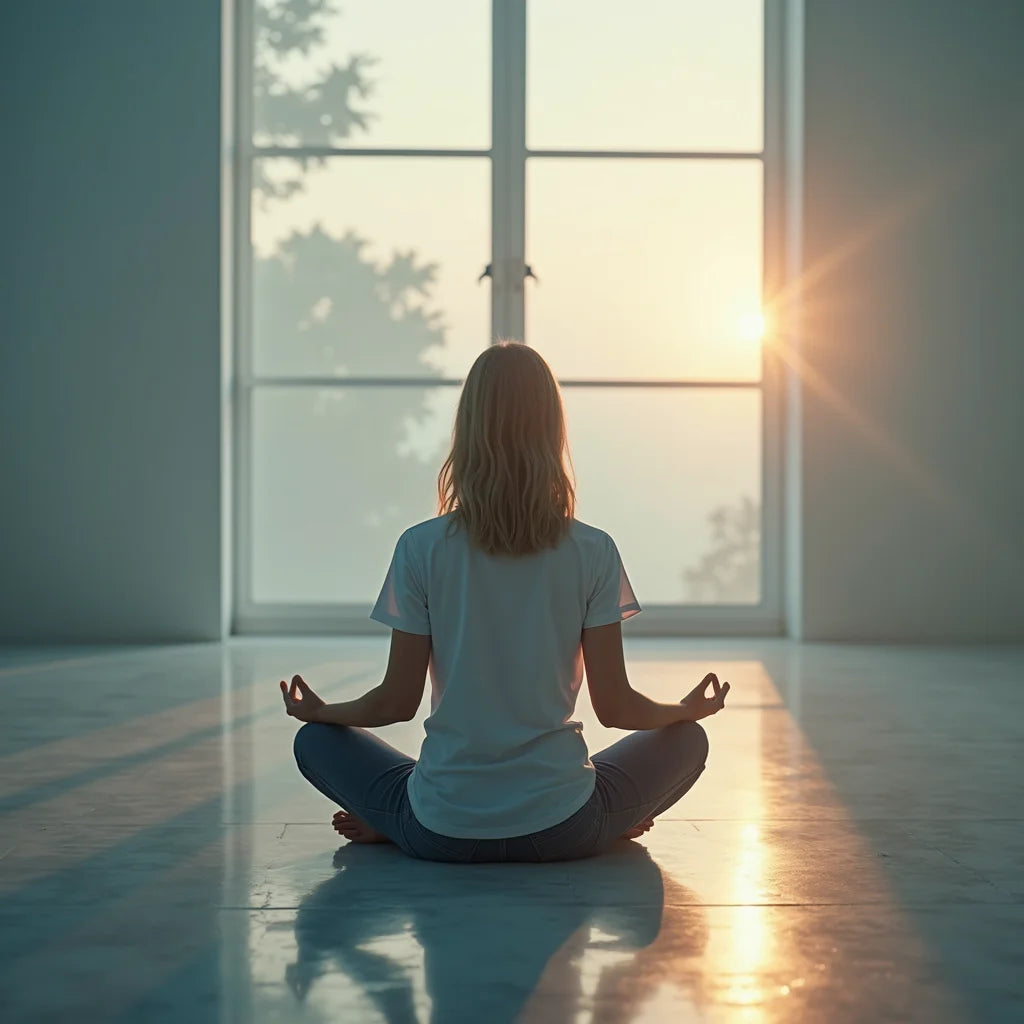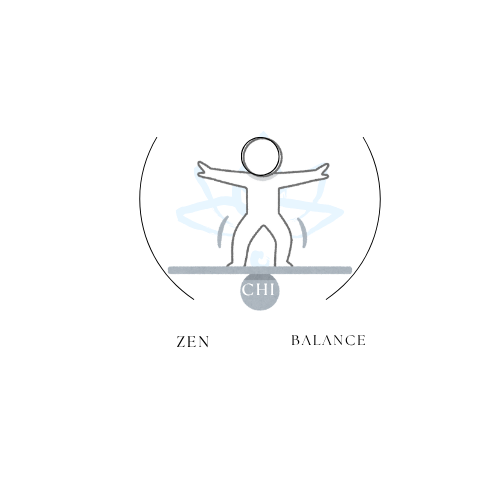
The Science of Stillness for Mental Clarity and Calm Focus
Share
Updated on: 2025-10-19
- What Is Stillness and Why It Matters for Tranquility
- Common Mistakes That Disrupt Stillness
- How to Cultivate Stillness in Daily Life
- Buyer’s Checklist for Stillness and Quietude Essentials
- FAQ: Stillness, Mindfulness, and Gentle Practice
- Wrap-Up: Gentle Steps Toward Stillness and Tranquility
What Is Stillness and Why It Matters for Tranquility
Stillness is the simple, humane pause that allows your attention to rest. It is not about forcing the mind to be blank or making life slow down. Instead, stillness invites a small, steady moment of quiet presence. In that quiet, qualities like quietude and tranquility can settle naturally. This soft, steady practice fits well alongside mindfulness and meditation, yet it does not require any special belief, setting, or advanced technique. A minute or two can be enough to start.
When we speak about stillness in daily life, we are pointing to a practice that can meet you where you are: between tasks, on a short walk, while sitting with a cup of tea, or before opening your inbox. Many people appreciate stillness because it supports clarity and kinder self-talk. In addition, it tends to encourage awareness of small details—breath, posture, and surroundings—which can bring attention back from scattered thoughts. If you are new to the idea, beginning with a single breath is a gentle entry point. For more supportive resources and updates from our community, you are welcome to visit the home page.
Common Mistakes That Disrupt Stillness
Even a friendly practice like stillness can feel challenging at first. The following common mistakes may make it harder than it needs to be:
- Trying to “empty” the mind: Thoughts happen. Stillness is not the absence of thinking; it is the gentle choice to return attention without judgment.
- Rushing for big results: Expecting instant clarity can create pressure. One minute of calm focus is already meaningful.
- Over-structuring the practice: Rigid routines can feel heavy. A light, consistent rhythm builds trust and ease.
- Forcing perfect silence: Life has sounds. Stillness is an inner posture you can hold even with background noise.
- Sitting with poor posture: Strain distracts attention. A comfortable, upright seat supports breath and presence.
- Skipping small signals: Ignoring sensations or tension can increase discomfort. Noticing and adjusting helps you stay engaged.
- Comparing your practice: Everyone’s pace is different. Gentle consistency matters more than intensity.
How to Cultivate Stillness in Daily Life
Building stillness into your day can be simple and kind. These short, practical approaches fit into busy schedules and help cultivate mindfulness without strain.
A One-Minute Breathing Pause for Stillness
Settle into a comfortable position. Let your spine lengthen, shoulders soften, and jaw relax. Inhale slowly through the nose, pause for a moment, and exhale gently through the nose or mouth. Count three slow breaths. If thoughts pull, meet them kindly and return to the breath. This small ritual can be used before meetings, at transitions, or whenever you notice scattered attention. Repeating this brief pause a few times a day builds a reliable habit of stillness that supports clarity and calm focus.
A Quietude Corner at Home
Choose a small, welcoming spot: a chair by a window, a cushion near a plant, or a clean corner of your desk. Keep one or two items that signal tranquility—perhaps a soft blanket, a simple timer, or a small journal. The goal is not a perfect space; it is a consistent cue for your mind and body. Over time, a dedicated corner makes returning to stillness easier because your environment gently reminds you to pause. If you enjoy exploring supportive tools and accessories, you may appreciate browsing our collections.
Gentle Walking Meditation for Tranquility
Stillness does not always mean sitting. A slow, mindful walk can be a steady anchor. Begin at a calm pace and notice the sensation of your feet meeting the ground. Let your breath be natural. If you like a soft focus, pick a simple landmark ahead. As thoughts arise, acknowledge them and return to the sensations of walking. This moving practice is helpful when sitting feels difficult, and it can be integrated into short breaks throughout the day.
How Can I Practice Stillness When My Mind Is Busy?
Busy minds are normal. When you feel restless, shorten the practice. Try thirty seconds of breath awareness, followed by a stretch or a short walk. Another option is to anchor attention to sound: choose a neutral sound and notice when your thoughts drift, then gently return to the sound. You can also journal a single sentence—“Right now, I notice…”—to acknowledge what is present. When the mind races, it may help to focus on the body rather than thoughts. These gentle adjustments can make stillness feel more accessible on full days.
Many people who experience tense or anxious moments describe the benefits of a steady stillness practice. For instance, they sometimes notice a steadier pace, kinder self-talk, or a sense of groundedness during challenges. If you are curious about more reflective articles and tips, you may enjoy visiting our blog.
Buyer’s Checklist for Stillness and Quietude Essentials
Thoughtful, minimal tools can support your stillness ritual. Please consider the following checklist when selecting items for your space or routine:
- Seating comfort: A cushion or chair that supports an upright, relaxed posture.
- Timer with gentle chime: A calm sound helps you end sessions without a jolt.
- Soft textile: A light blanket or shawl that creates a sense of warmth and ease.
- Journal and pen: For brief reflections after practice—just a few lines are enough.
- Minimal distraction: If helpful, consider simple earplugs or comfortable headphones.
- Natural element: A small plant or stone to cue presence and continuity.
- Portable option: A travel-friendly pouch to keep a pen, small notebook, and timer together.
- Care and storage: Choose items that are easy to clean and store, encouraging consistent use.
- Aligned values: Select items that match your aesthetics and values, so your space feels supportive.
If you would like to learn more about our story and approach to mindful design, you are welcome to read more on our about page.
FAQ: Stillness, Mindfulness, and Gentle Practice
What is stillness and why is it important?
Stillness is a simple practice of pausing with awareness. Rather than eliminating thoughts, it welcomes a kinder, quieter relationship with them. This gentle pause can support mindfulness, invite tranquility, and offer room for reflection. Many people find that stillness helps them notice small details—like breath or posture—that bring attention back from distraction. Its importance lies in the way it can fit into everyday moments: before a task, in a line, or during a brief break. Even a few breaths may help you approach the next step with clarity and ease.
How can I practice stillness when my mind is busy?
Shorten the window and soften the goal. Try thirty to sixty seconds of breath awareness, then add a gentle stretch or a slow step. You might also anchor attention to physical sensations—feet on the floor, hands resting, or the rise and fall of breath. Writing one sentence in a journal can acknowledge busy thoughts and make space for a calmer moment. It may also help to practice at the same time each day so your body anticipates the pause. Over time, small, steady sessions teach the mind to return without pressure.
How much time should I spend in stillness each day?
There is no fixed rule. One to five minutes is a friendly starting point. If you feel supported by that rhythm, you can gradually extend to ten minutes or add brief pauses throughout your day. Many people appreciate a short practice in the morning and a short practice in the evening. Consistency tends to be more helpful than duration. Let the practice be simple and kind, and adjust as your schedule changes.
What are the benefits of stillness meditation for anxious moments?
Experiences vary. People who face tense or unsettled periods often describe that stillness—paired with gentle breathing or walking—can help them reconnect with the present moment. They sometimes notice steadying effects such as a more even pace, a grounded posture, or a clearer next step. If you feel drawn to reflective reading on this topic, you may find supportive ideas in the articles shared on our blog. If you have personal health concerns, it may be helpful to seek guidance from a qualified professional who understands your unique needs.
Wrap-Up: Gentle Steps Toward Stillness and Tranquility
Stillness is a kind invitation, not a demand. A minute of attention, a comfortable seat, and a soft cue are enough to begin. With time, these small pauses can nurture quietude and tranquility across the day—at home, at work, and between tasks. If you wish to explore supportive tools or stories from our community, you are welcome to visit the home page or browse current offerings in our collections. May your practice remain gentle, practical, and kind to your pace.

I'm a passionate curator at Zen Chi Balance, dedicated to spreading calm, harmony, and mindful living through faith-inspired lifestyle products. I help craft meaningful experiences for our global community of mindful shoppers.
The content provided is for informational and inspirational purposes only. It is intended to encourage personal growth, mindfulness, and balance in daily life. Zen Chi Balance does not provide medical, legal, or professional advice. For specific concerns or guidance, please consult a qualified professional. Visit us at www.zenchibalance.com for more inspiration and resources.
